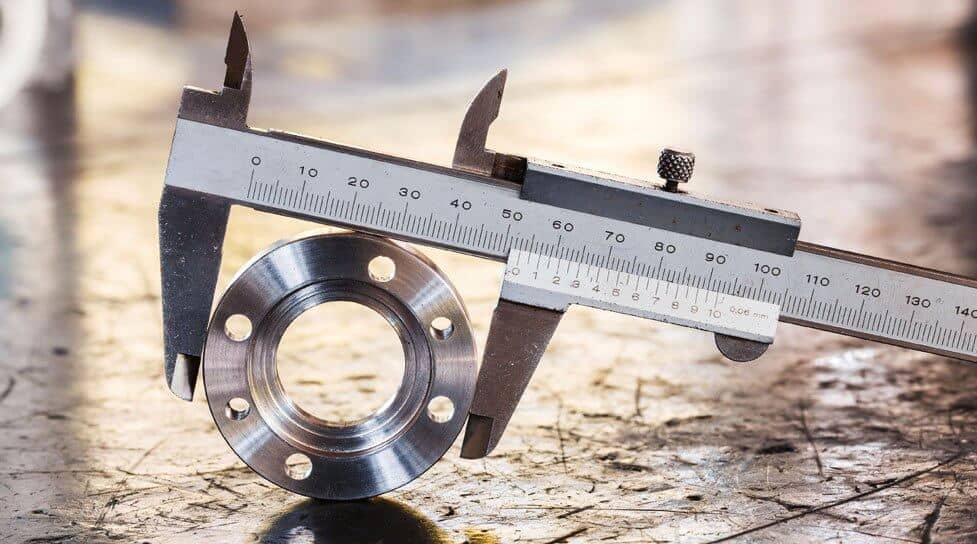If you supply production parts for the aerospace or automotive industries, PPAP is an acronym that you will hear about a lot. PPAP stands for Production Part Approval Process, and it’s the mechanism buyers in the supply chain use to gain confidence in component supplier’s production processes. This happens by establishing a reliable and repeatable production process, certified by the customer, that identifies and mitigates risks of failures or defects in the end product.
What is PPAP?
According to the most common standard developed by Automotive Industry Action Group, “….all customer engineering design record and specification requirements are properly understood by the supplier and that the process has the potential to produce product consistently meeting these requirements during an actual production run at the quoted production rate.” Version 4 March 1st 2006
Basically, PPAP is a quality process agreed upon by the customer and manufacturer to ensure that a supplier can meet the customer’s manufacturability and quality requirements. It’s also used to provide evidence that the customer engineering design record and specification requirements are clearly understood and fulfilled by the manufacturer. Finally, PPAP demonstrates that the established manufacturing process can and will produce the part consistently and reliably that meets all customer requirements.
What’s included in a PPAP?
To better understand PPAP, you should check out the PPAP manual. Developed for automotive supplier quality management, the manual has checklists for all required elements. In the automotive industry, for example, there are 18 possible elements that must be checked off. The different PPAP levels help the customer and manufacturer identify specific requirements for each element. Regardless of which PPAP level is agreed upon, the supplier still has to complete every applicable element.
What are the Automotive PPAP Elements?
- Design records
- Engineering change documents
- Customer engineering approval
- Design FMEA
- Process flow diagrams
- Process FMEA
- Control plan
- MSA
- Dimensional analysis
- Material performance reviews
- Initial process studies
- Qualified laboratory documentation
- ARR
- Sample product
- Master sample
- Checking aids
- Records of compliance
- PSW
What are the Aerospace PPAP Elements?
While the aerospace industry has adopted PPAP to an extent, there actually isn’t a standard like there ins in automotive. There is crossover with many automotive elements, but many are different. The good news is that when the aerospace quality system AS9100 moves to from Revision C to Rev. D, there is a plan in place to establish minimum requirements.
- Production PO and Demand Fulfillment
- Production Drawings
- Change Documents
- Customer EngineeringApproval Documents
- DFMEA
- Process Flow Diagrams
- PFMEA
- Dimensional Report
- Production Verification Testing
- Process Approval and Non-Destructive Testing
- Measurement System Analysis Studies
- Engineering Planning/Source Approval
- Initial Process and Readiness Study
- Material Certification Documentation
- Control Plan
- Appearance Approval Report
- Raw Material Approval
- Package Preservation and Labeling Approval
Why is PPAP so important?
Due to the fact that a PPAP is basically a process plan, it’s very important that there be strong alignment between the supplier and customer that details how each PPAP element will be satisfied. Since no two PPAPs are the same, it’s important to spend the time to work through the details. The good news is that once a PPAP is established between a manufacturer and customer, it can be used as boiler plate for future PPAPs.
3DEO’s PPAP for Metal Additive Manufacturing
To learn more about how 3DEO is using PPAP to become a world-class metal 3D printing parts supplier, get in touch with us via the contact page.



